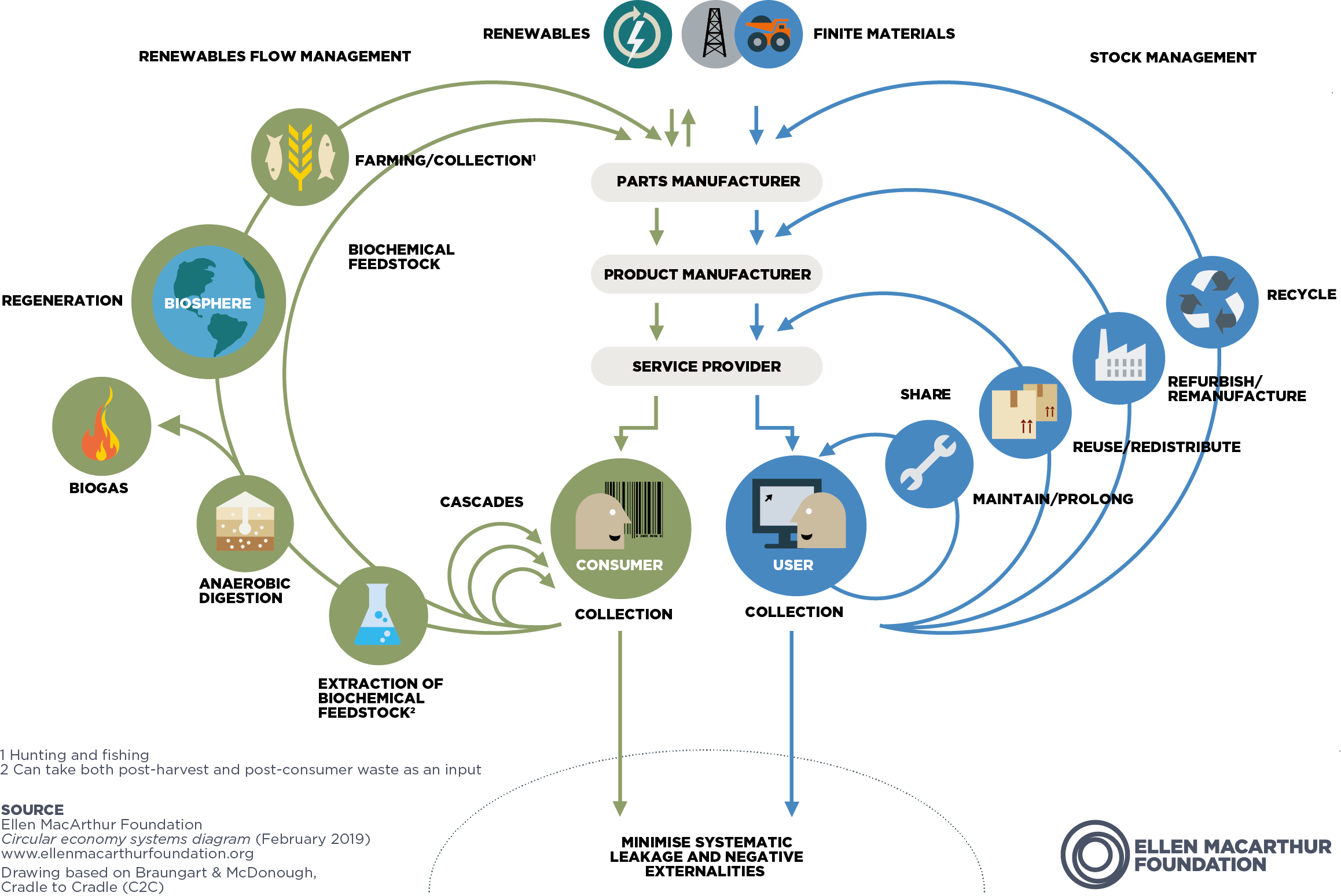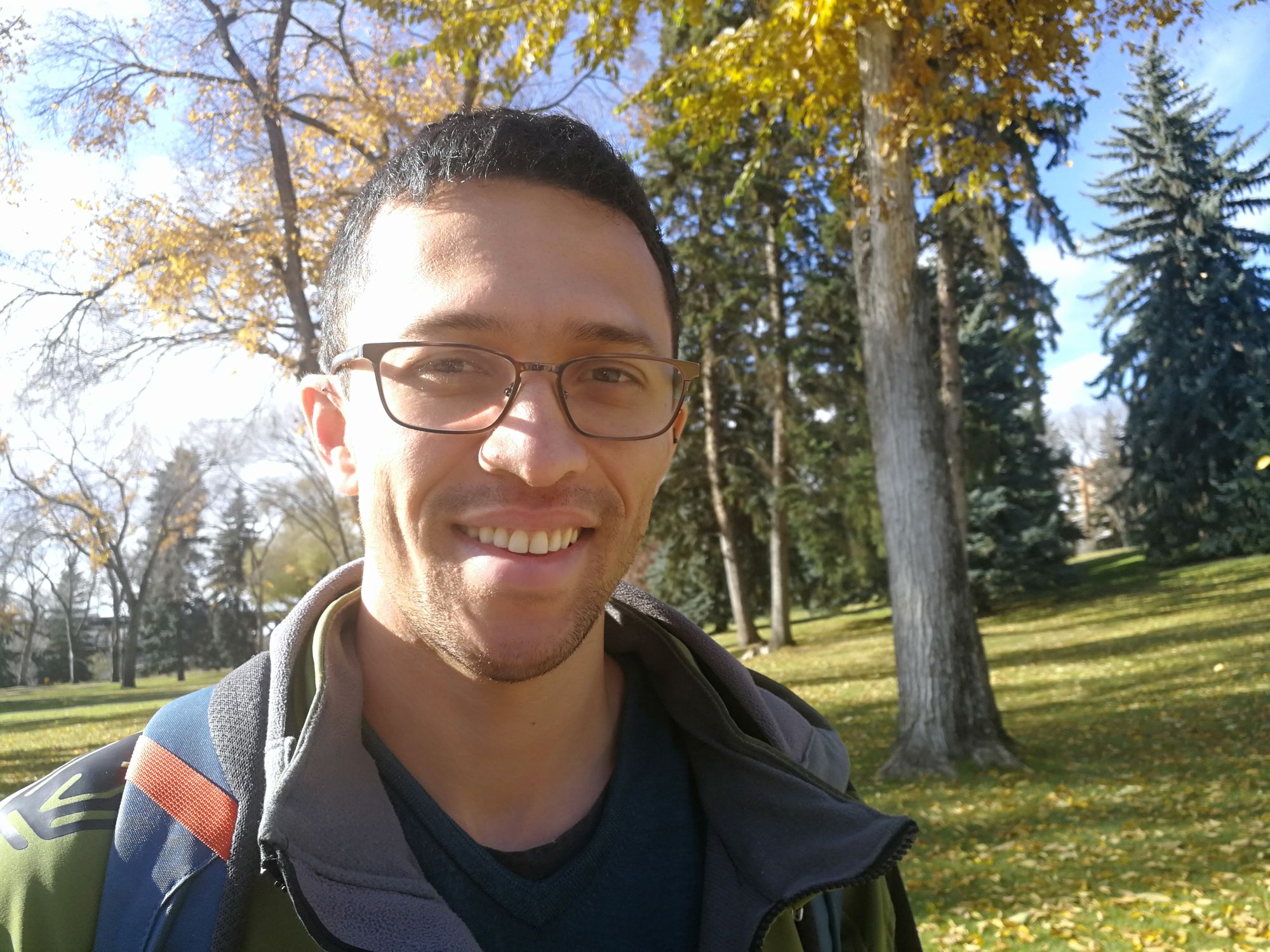Many of us have seen the circular economy butterfly diagram. The romantic analogy of an insect that goes from a plant munching caterpillar to an innocent butterfly is often used to introduce, define, and make sense of circular economy. The wings of the butterfly, which represent all the cycles that materials can go through instead of going to waste, are connected to the rest of the body by a couple of elements: Consumers and Users. These connections are right at the collection point, where products and materials are collected and fed back into the technical and biological cycles. Consumers and Users play an important role in making the circular economy work.

Consumers and Users are people. Then, People are at the centre of what seems to be a revolution in the management of materials and resources. People have the lead role in what, at least on the surface, seems to be the next leap forward in sustainability. However, it is not as clear, at least from looking at the education programs, government plans, companies' marketing campaigns, and R&D projects, that they are getting the lead role that they deserve.
To be fair, I may be wrong to think that Consumers and Users play an essential role in making our production systems more sustainable, or maybe I am not aware of a good and noble reason to leave them outside conversations around circularity, or maybe I am blind to the fact that every circular economy champion thinks that Consumers and Users are at the centre of this paradigm change.
To address these unknowns, the future blogs will discuss who these agents are, how they interact, what a social circular economy is, their role in circularity and sustainability, and how they can help make this ideal diagram a reality. Besides covering some definitions, this blog series will summarize where the research and policy stand, and what the challenges and opportunities are ahead for Consumers and Users.

